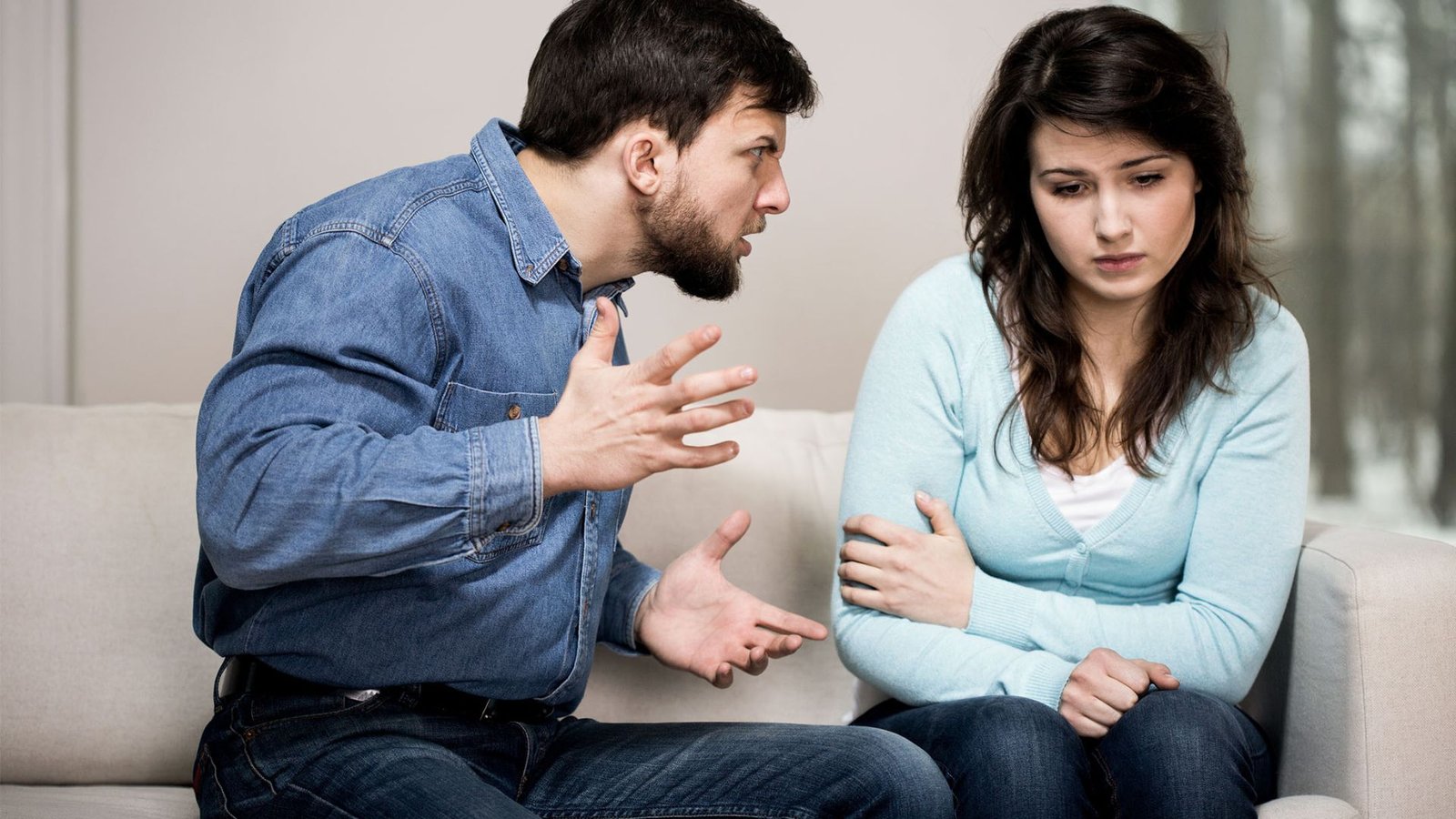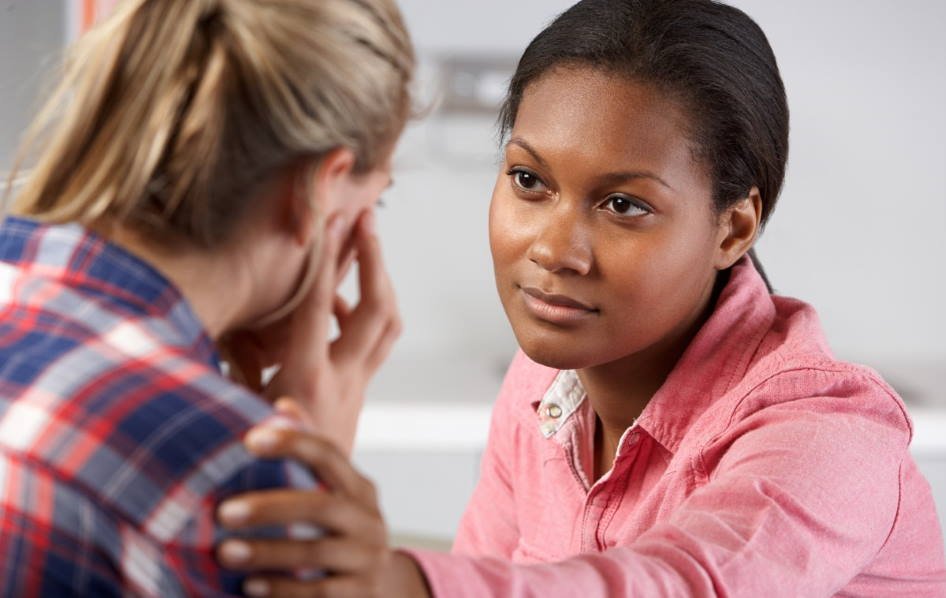Breaking the cycle of domestic abuse is essential for survivors and their families. This cycle often repeats itself over generations, causing ongoing harm. However, it is possible to break free from abusive patterns. By understanding the signs, seeking help, and creating a support system, survivors can reclaim their lives and break the cycle of violence. This article explores how to stop the cycle of domestic abuse and create healthier relationships for the future.

1. Recognizing the Cycle of Domestic Abuse
The first step in breaking the cycle of domestic abuse is recognizing it. Domestic abuse often follows a pattern, which can make it difficult for victims to see the bigger picture. Understanding this pattern is key to breaking free from it.
The cycle often looks like this:
- Tension building: Small issues cause stress or frustration, leading to increased arguments or control.
- Incident: The abuse happens, whether physical, emotional, or psychological.
- Reconciliation: The abuser apologizes and promises to change.
- Calm: Everything feels peaceful, but the tension builds again, starting the cycle over.
Recognizing this cycle is the first step in stopping it. If you can identify the pattern, it becomes easier to take action to break it.
2. Seeking Professional Help
The cycle of domestic abuse is hard to break without help. Professional support is essential for both the victim and the abuser. Therapy and counselling can help both parties understand the roots of the abuse and work toward healthier behaviours.
Steps to take include:
- Individual therapy: Counseling for the victim can help them understand their experiences and emotions, build confidence, and learn coping strategies.
- Couples or family therapy: Therapy can help both parties understand the dynamics of the abuse and address underlying issues in the relationship.
- Anger management or rehabilitation for the abuser: Abusers can benefit from anger management courses and therapy to address their harmful behaviours.
Therapists and counsellors are trained to guide individuals and families through the process of healing and breaking the cycle of abuse.
3. Building a Strong Support System
One of the most important steps in breaking the domestic abuse cycle is to create a strong support system. Abuse can leave victims feeling isolated and powerless, but having a network of supportive people can make a huge difference in the healing process.
Building support includes:
- Reach out to trusted friends and family: They can provide emotional support and help create a safe environment.
- Join a support group: Support groups for domestic abuse survivors can provide encouragement and advice from others who have experienced similar situations.
- Connect with community resources: Local shelters, advocacy organizations, and legal services can offer help, guidance, and safety.
Having people to turn to can help break the isolation that often keeps victims trapped in the cycle of abuse.
4. Setting Clear Boundaries and Expectations
For both victims and abusers, setting boundaries is crucial. Clear boundaries are necessary to create a safe space and ensure that abusive behaviour is not tolerated. Establishing these boundaries can be difficult, but it is a critical part of breaking the cycle of domestic violence.
Examples of setting boundaries include:
- No tolerance for violence: If you or a loved one is in an abusive relationship, make it clear that abuse will not be accepted. It is essential to take steps to remove yourself from a dangerous situation.
- Communication of personal needs: Openly communicate your needs and expectations for respect and healthy behaviour.
- Legal protection: In some cases, victims need to use legal means, such as a restraining order, to ensure they are protected.
Setting boundaries can help prevent abuse from escalating and establish a sense of control and safety.
5. Empowering Victims to Take Control of Their Lives
Breaking the domestic abuse cycle also involves empowering victims to take control of their own lives. Often, abuse can lead to a loss of confidence and a feeling of helplessness. Rebuilding self-esteem and a sense of independence is key to moving forward.
Ways to empower victims include:
- Encourage independence: Help the victims find ways to support themselves emotionally, financially, and socially. This can be through education, job opportunities, or learning new skills.
- Support their choices: Allow victims to make their own decisions about what is best for them, including whether to leave an abusive situation.
- Encourage self-care: Encourage victims to prioritize their health and well-being by engaging in activities they enjoy, practising self-care, and connecting with others.
Empowering victims helps them regain control and rebuild their lives, making it easier to break free from abusive patterns.
6. Promoting Healthy Relationships
To prevent the cycle of domestic abuse from continuing, it’s important to promote and model healthy relationship behaviours. Healthy relationships are based on respect, trust, and open communication.
Promoting healthy relationships includes:
- Teaching conflict resolution skills: Learning how to resolve disagreements in a peaceful, respectful way can prevent violence and control from entering the relationship.
- Setting mutual expectations: Both partners should communicate their needs and agree on boundaries that promote mutual respect.
- Modelling healthy behaviours: Demonstrating kindness, patience, and understanding can help break the cycle and encourage healthier relationships.
By promoting healthy relationships, we can help create an environment where abuse is not tolerated, and respect is the foundation.
7. Educating the Next Generation
Finally, one of the most effective ways to break the cycle of domestic abuse is by educating the next generation. Children who grow up in abusive households often struggle with unhealthy relationship patterns later in life. Education can break the cycle and teach young people how to form respectful, healthy relationships.
Key educational steps include:
- Teaching about healthy relationships: Programs in schools, community centres, and homes can teach children and teens what respectful relationships look like.
- Providing resources for at-risk youth: Offering counselling or support groups to young people at risk of entering abusive relationships can help them understand their worth and how to avoid harmful behaviours.
- Engaging communities: Community awareness campaigns can help educate the public about the signs of domestic violence and how to intervene.
Educating young people about relationships and respect can help them avoid the abusive patterns they may have witnessed growing up.
Conclusion
Breaking the cycle of domestic abuse is possible, but it requires effort, commitment, and support. By recognizing the pattern, seeking professional help, and creating strong support systems, victims and families can begin to heal. Setting boundaries, empowering victims, and promoting healthy relationships are crucial steps in ending the cycle. Additionally, educating future generations helps prevent the abuse from continuing. With the right support and resources, it is possible to break free from the cycle of violence and build healthier, safer futures for everyone involved.




